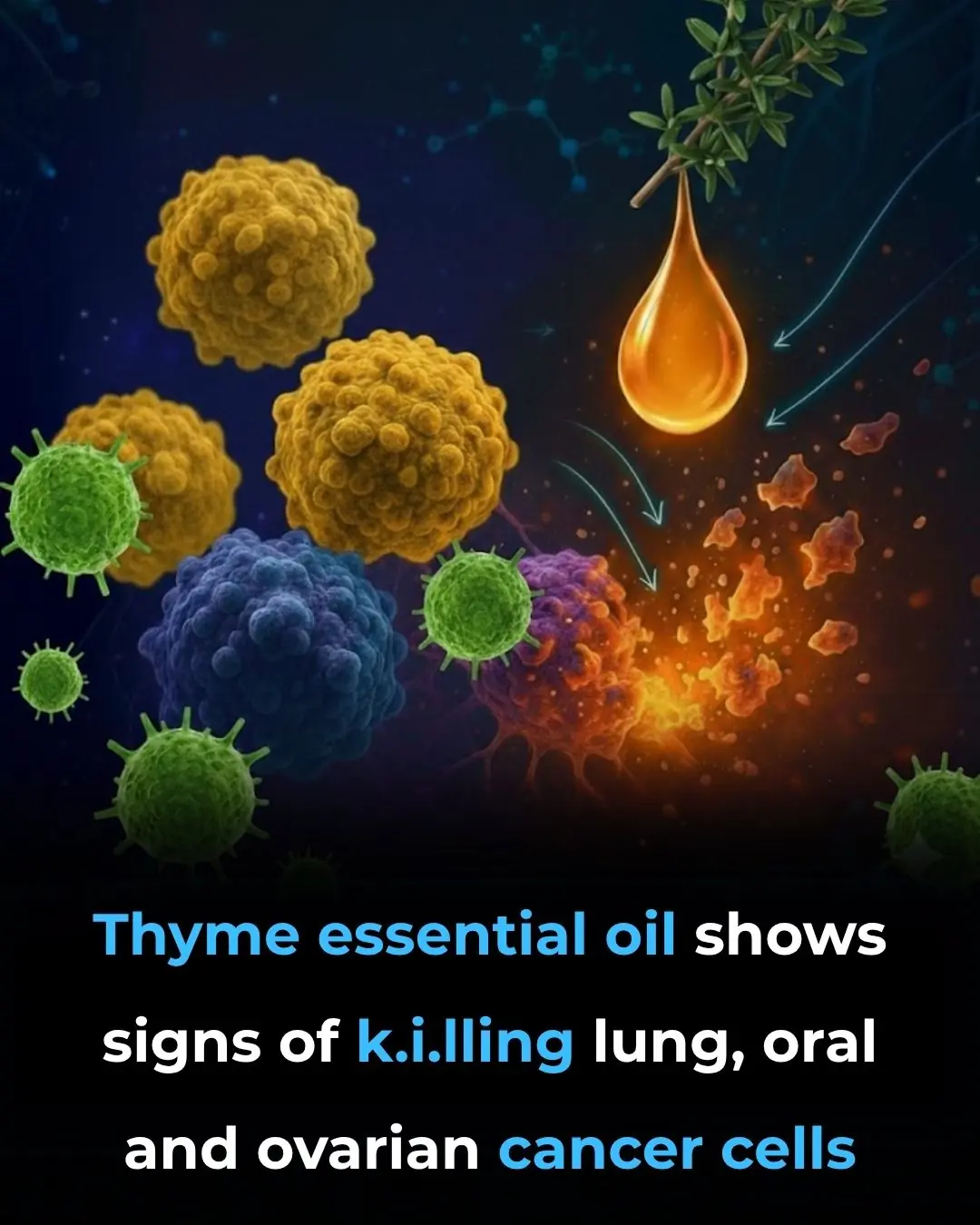
The 7 Silent Causes of Poor Leg Circulation — And How to Fix Them Naturally
The 7 Silent Causes of Poor Leg Circulation — And How to Fix Them Naturally
Do your legs often feel heavy, swollen, or tight by the end of the day? Maybe you notice cramps at night or a dull ache that doesn’t seem to go away. These aren’t just harmless annoyances—they’re warning signs from your body that your circulation is struggling. When blood doesn’t move efficiently through your lower limbs, it can lead to fatigue, swelling, varicose veins, and even more serious vascular issues over time.
What most people don’t realize is that these symptoms are often caused by hidden factors, not just “bad luck” or aging. There are seven silent culprits that quietly sabotage your leg circulation every single day. One of them might even be sitting in your kitchen right now, disguised as an ordinary part of your diet—something so common that you’d never suspect it’s damaging your veins from the inside out.
Let’s uncover what’s really behind poor circulation and, more importantly, what you can do to rebuild strong, healthy blood flow in your legs.

Key Takeaways at a Glance
-
Nutrient Foundations: Vitamins and minerals like Vitamin C, Magnesium, and Vitamin K2 are the building blocks of your veins and arteries.
-
The Kitchen Enemy: Refined flours and sugars create inflammation and stiffen your arteries, counteracting all your healthy habits.
-
The Body’s Built-in Pump: Your calf muscles act as a natural “second heart,” pushing blood upward every time you move.
-
Cooking Counts: Even the healthiest foods can lose their value if you prepare them incorrectly.
-
Movement Is Medicine: Walking is the single most powerful habit to restore smooth, efficient circulation.
7. Your Veins Are Missing Their ‘Cement’: Vitamin C Deficiency
Your blood vessels are built from collagen, a protein that gives them both strength and elasticity. But collagen can’t form properly without one key ingredient—Vitamin C. Without it, your vein walls weaken and lose their ability to resist pressure, just like trying to build a house without mortar. Over time, this structural weakness leads to varicose veins and fragile capillaries.
Vitamin C also acts as a powerful antioxidant, protecting the delicate inner lining of your arteries from oxidative stress caused by free radicals. In essence, it helps your veins stay both strong and smooth.
To keep your vessels in top shape, load up on raw red bell peppers, kiwi, guava, or lightly steamed broccoli. Half a cup of red bell pepper actually delivers more Vitamin C than three oranges. Citrus fruits, berries, and even parsley are other potent sources. Try adding them fresh to salads or smoothies to maximize their benefits.
6. Your Arteries Can’t Relax: Magnesium Deficiency
If Vitamin C is your structural builder, Magnesium is your vascular peacekeeper. It’s often called the “mineral of relaxation” because it helps your arteries expand and contract smoothly. Without enough magnesium, your blood vessels tighten like overstrung guitar strings, slowing circulation and causing muscle cramps—especially in your calves.
Those painful night cramps are your body’s way of saying it’s running low on magnesium. Modern lifestyles make this worse: caffeine, alcohol, stress, and processed foods all drain your magnesium reserves.
To replenish them, eat spinach, pumpkin seeds, almonds, and dark chocolate. Just a quarter-cup of pumpkin seeds provides nearly one-third of your daily requirement. If you prefer a natural supplement, magnesium glycinate or citrate is gentle on digestion and easily absorbed. Staying hydrated also helps magnesium do its job effectively.
5. You’re Fueling a ‘Silent Fire’: Refined Flours and Sugars
Here lies the silent kitchen enemy. Refined carbs and added sugars—white bread, pasta, pastries, and sweet drinks—don’t just add calories; they fuel chronic inflammation inside your arteries. Each bite triggers tiny waves of irritation that slowly harden your vessel walls, making them less flexible.
When your blood sugar spikes, the excess glucose damages the protective inner layer of your arteries, the endothelium. Over time, sugars also bind to proteins in a harmful process called glycation, which makes your vessels rigid and brittle—almost like caramelizing them from the inside.
You don’t need to cut all carbs, but you do need to choose smarter ones. Replace white flour with whole grains, legumes, or quinoa, and swap sugary drinks for water infused with lemon or cucumber. Read labels carefully—sugar hides under names like maltose, fructose, or corn syrup. Remember, every small swap reduces that invisible “fire” in your veins.
4. You’ve Forgotten Your ‘Second Heart’: The Inactive Calf Pump
Your legs contain a built-in circulatory booster: the calf muscle pump. Every time you walk, stand on tiptoe, or flex your calves, you’re literally pushing blood upward toward your heart. It’s your “second heart”, and it’s vital for keeping blood from pooling in your lower legs.
Unfortunately, our modern sedentary lifestyle keeps this pump idle for hours at a time. Sitting at a desk or standing still allows blood to stagnate, leading to swelling, heaviness, and visible veins by evening.
Combat this by activating your calves regularly. Do 20–30 tiptoe raises every hour, walk during phone calls, or flex your ankles while sitting. It’s not about intensity—it’s about consistency. A few small movements throughout the day are far more effective than one big workout at night.
3. Your Cellular Power Plants Are Failing: Vitamin B3 (Niacin) Deficiency
Feeling drained even after a full night’s sleep? The issue may not be fatigue but poor cellular energy production. Vitamin B3, or Niacin, fuels your mitochondria—the “power plants” that turn food into usable energy. When you’re deficient, your cells, especially in your legs, don’t have the stamina to maintain proper circulation.
Niacin also acts as a natural vasodilator, helping your blood vessels widen and allowing blood to flow more freely. Foods like mushrooms, peanuts, lentils, and nutritional yeast are excellent sources. Just two tablespoons of nutritional yeast can provide your full daily dose.
Try spacing out your coffee intake; caffeine can interfere with niacin absorption. Pairing niacin-rich foods with a bit of healthy fat, like avocado or olive oil, can further enhance absorption.
2. You’re Losing Nutrients in Your Own Kitchen: Poor Cooking Methods
Even the healthiest groceries can lose their benefits if prepared the wrong way. Boiling vegetables for too long leaches out up to 80% of their vitamins and minerals, especially magnesium and B vitamins.
To preserve nutrients, steam vegetables until just tender and bright in color. Soak beans, nuts, and seeds overnight to neutralize phytates, which otherwise block mineral absorption. Avoid overheating oils—extra virgin olive oil, for instance, loses its anti-inflammatory properties if it smokes.
A few more cooking tweaks can make a big difference:
-
Let crushed garlic rest for 10 minutes before cooking to activate allicin.
-
Add lemon juice or vinegar to meals to boost iron absorption.
-
Save the vegetable steaming water for soups—it’s packed with minerals.
These small adjustments can turn your kitchen into a circulation-supporting pharmacy.
1. Your Calcium ‘GPS’ Is Broken: Vitamin K2 Deficiency
Most people know calcium builds bones, but few realize that without Vitamin K2, calcium can end up in the wrong place—like your arteries. K2 acts as the traffic controller, directing calcium to your bones while keeping it out of your blood vessel walls.
Without enough K2, calcium builds up in arteries, making them stiff and narrow—a process known as arterial calcification. The result is higher pressure, restricted flow, and tired, achy legs.
The best source of Vitamin K2 is natto, a traditional Japanese fermented soybean dish. If its flavor isn’t for you, look for the MK-7 form of K2 in supplements or eat fermented foods like sauerkraut, brie, or gouda. Remember that Vitamin K2 works synergistically with Vitamin D and Magnesium, guiding calcium precisely where your body needs it.
The Ultimate Circulation Booster: Walking
If there’s one daily habit that can transform your circulation, it’s walking. Every step activates the muscles of your feet, calves, and thighs, squeezing blood back to your heart and stimulating the release of nitric oxide, a molecule that relaxes your arteries.
You don’t have to power-walk or jog. A brisk 30-minute walk each day—ideally outdoors where you can breathe fresh air and get sunlight for Vitamin D—can improve blood flow, reduce inflammation, and lift your mood. Over time, walking literally retrains your vascular system to be more responsive and resilient.
Conclusion: Reclaim the Lightness in Your Legs
Now you know the seven hidden saboteurs that can quietly erode your leg circulation. Nutrient gaps, inactivity, and dietary choices all play a role—but every one of them is fixable. Circulatory decline isn’t a normal part of aging; it’s the result of habits that can be reversed.
By restoring your nutrient balance, keeping your “second heart” active, and moving daily, you can reawaken your body’s natural rhythm. Step by step, meal by meal, you can rebuild strength, flexibility, and vitality in your legs—and feel the difference every time you stand, walk, or simply breathe.
News in the same category

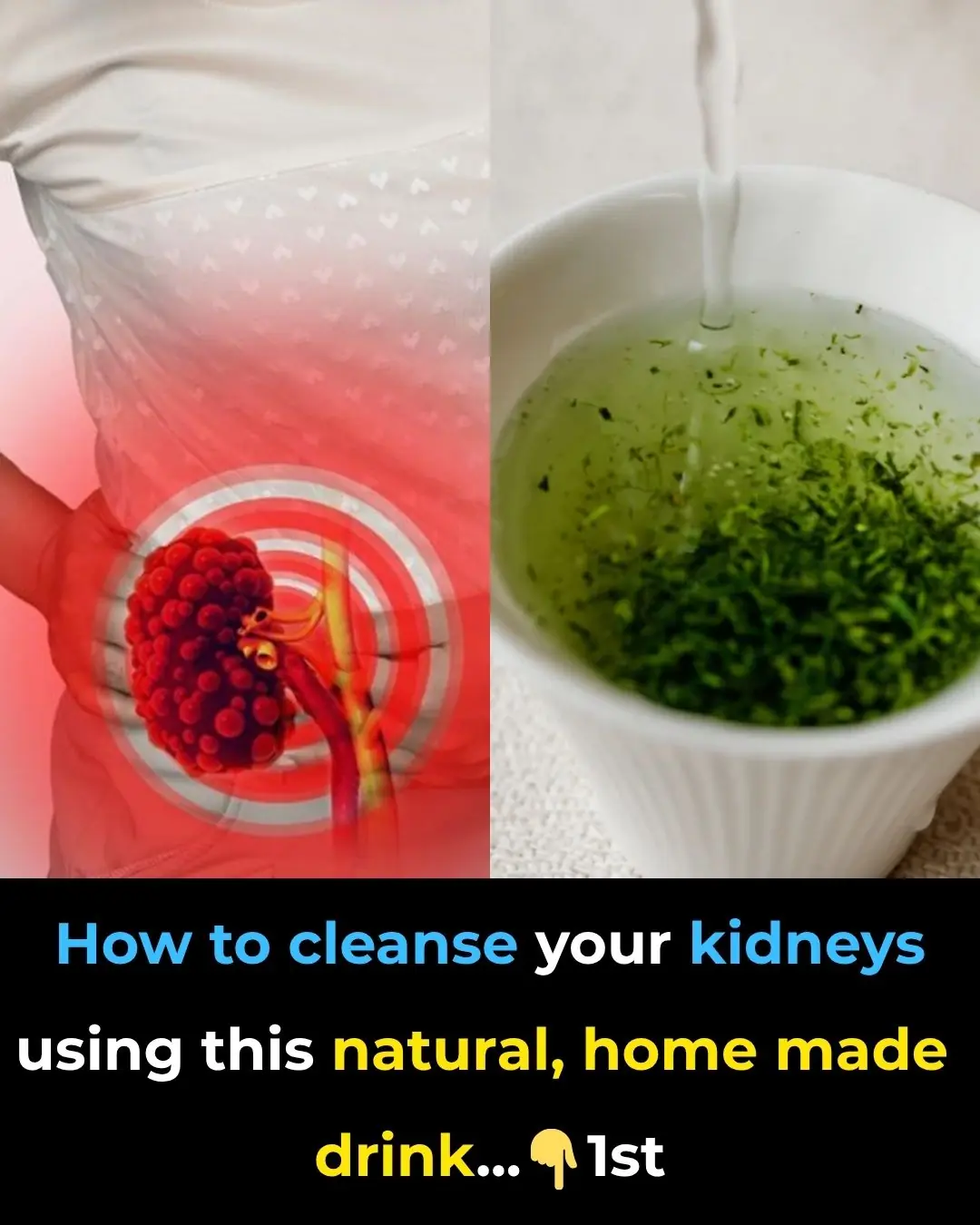
How to cleanse your kidneys using this natural, home made drink
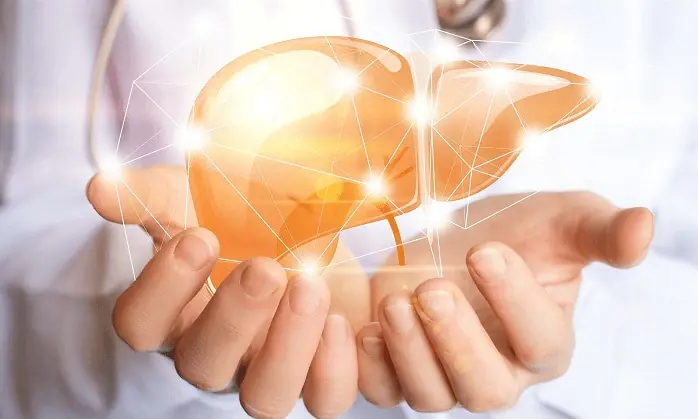
Science backs it up: 3 fruits that fight liver fat, regulate sugar and cholesterol

People whose mouths feel dry when sleeping at night need to know these 8 reasons
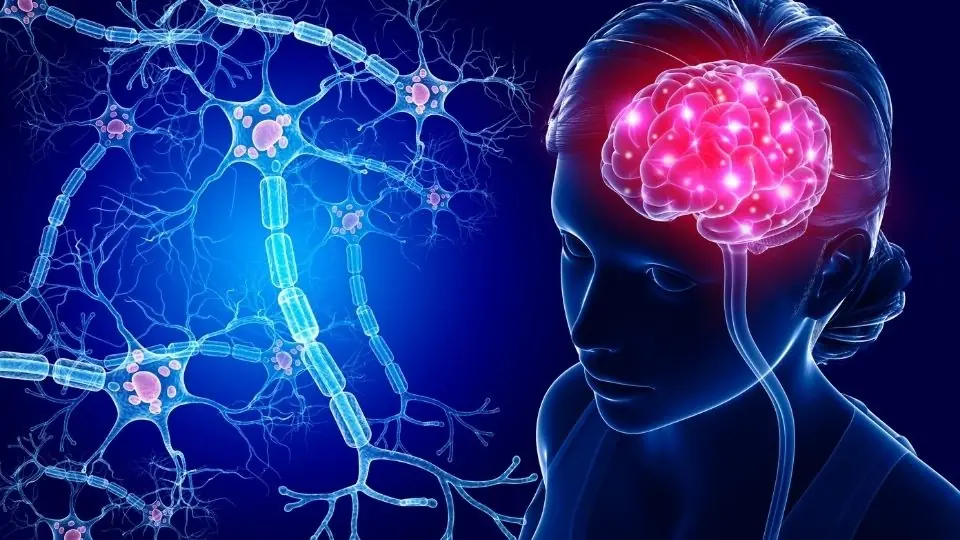
Scientists explain shocking reality of what your brain sees right before you die

Neurologist Advises Ceasing Beer Consumption by Age 65

Drinking Water on an Empty Stomach: Japanese Water Therapy, What Science Says, and More
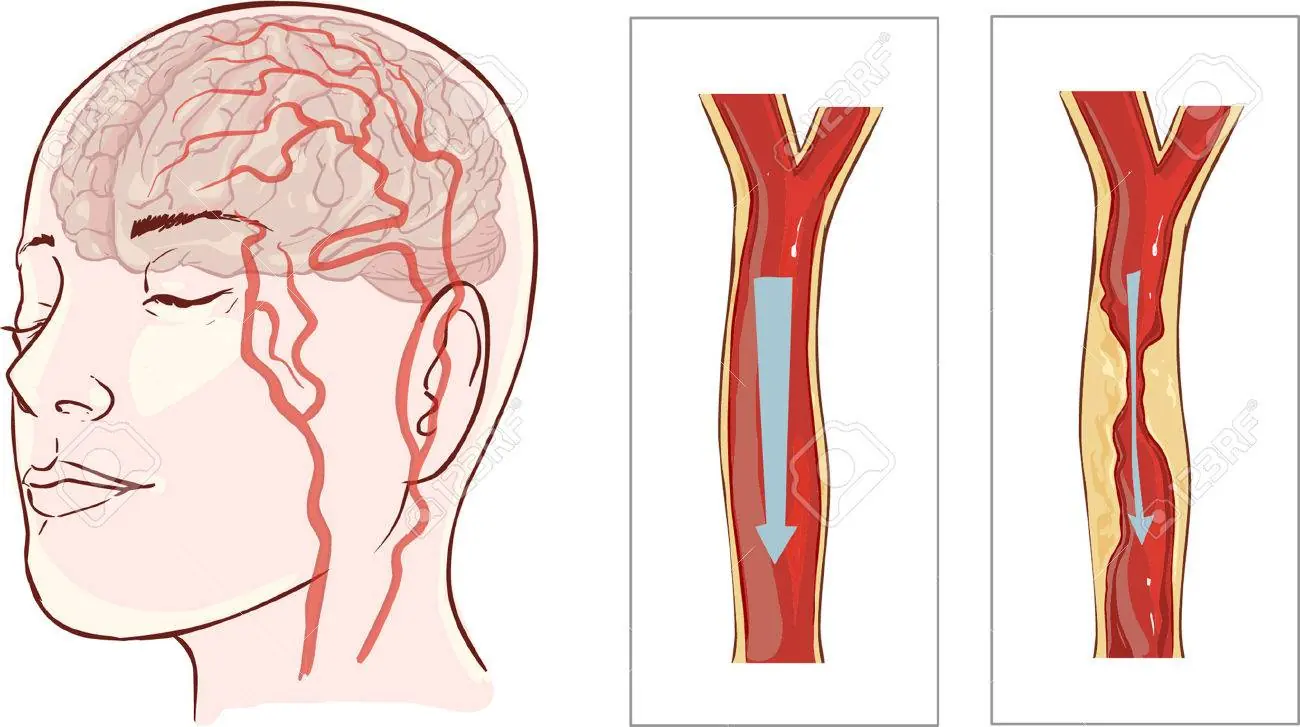
Eat This — It Opens Arteries to Your Heart and Brain

Eat this before bed? Doctors are stunned by the results

The Vitamin and Tea Combo Linked to Alzheimer’s Protection
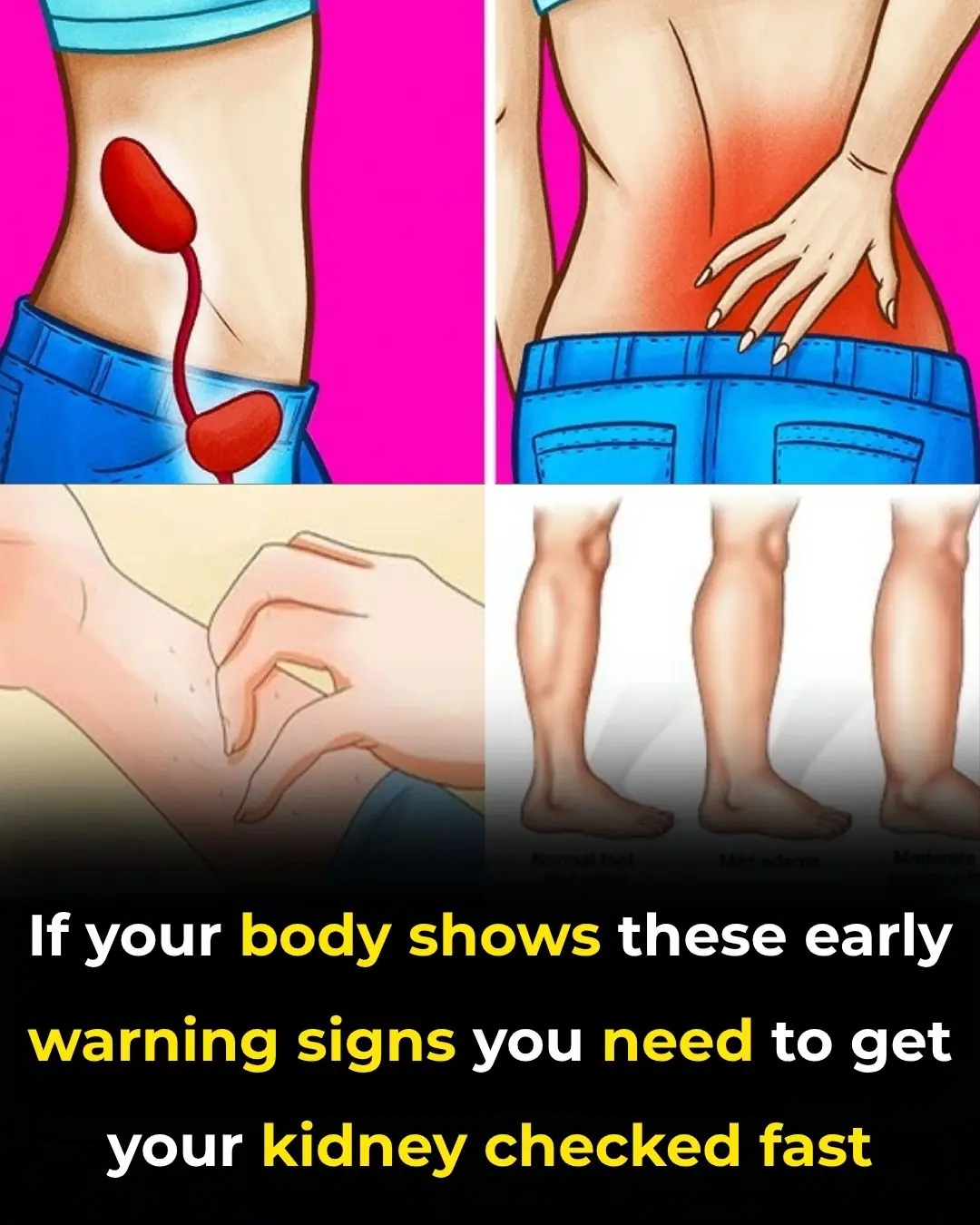
Early Signs of Kidney Disease & How to Protect Your Kidneys (Evidence Based)
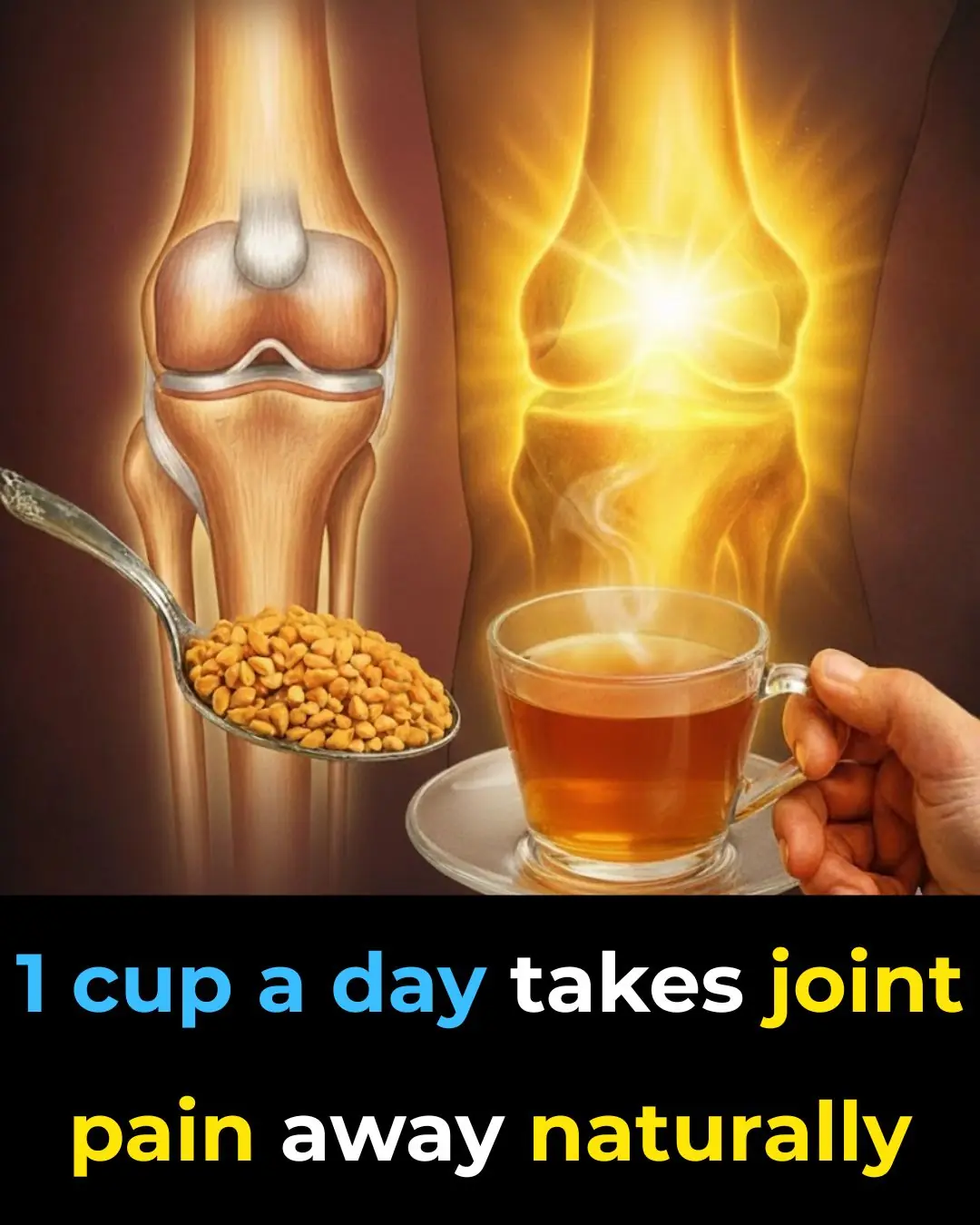
1 cup a day takes joint pain away naturally
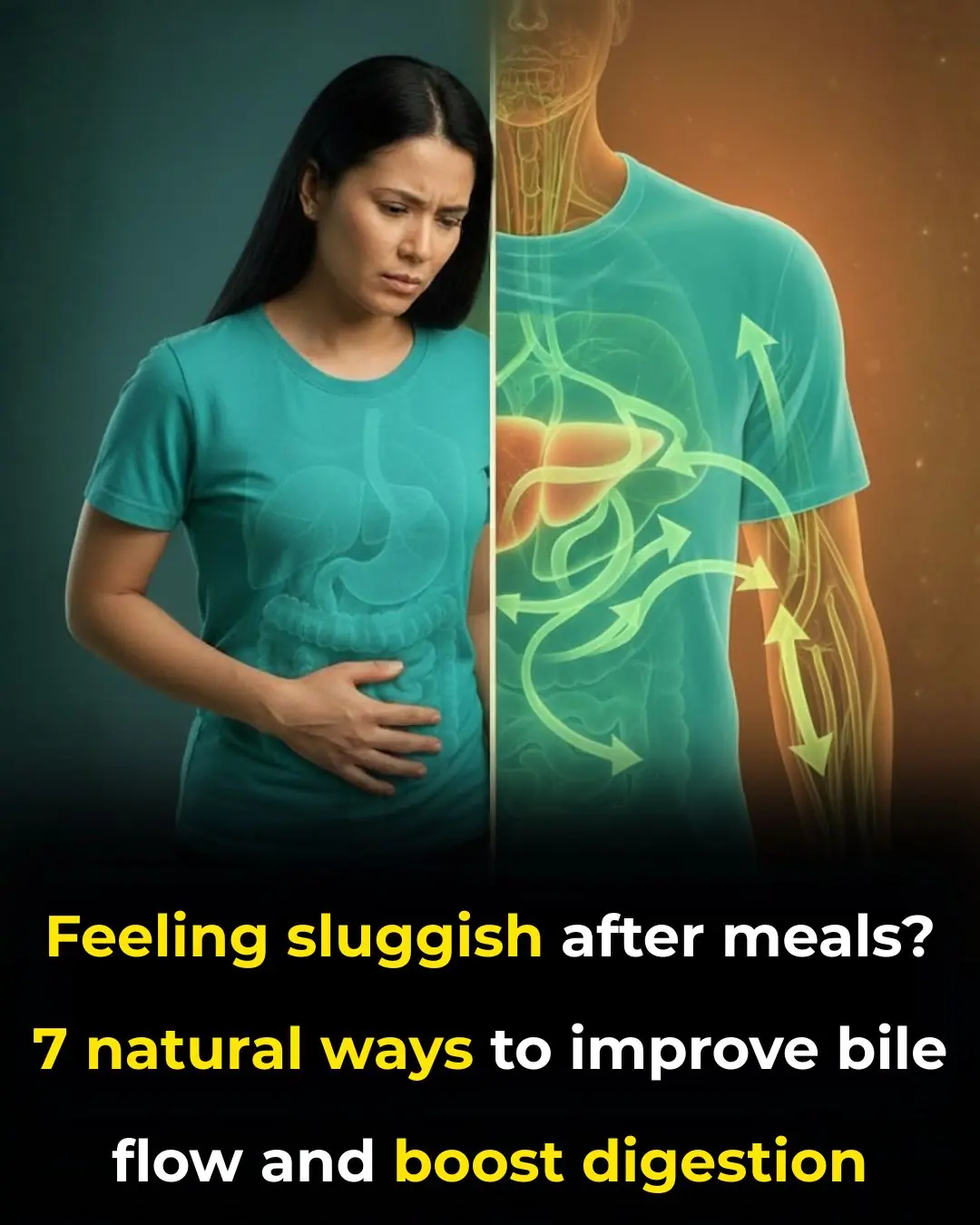
Feeling sluggish after meals? 7 natural ways to improve bile flow and boost digestion
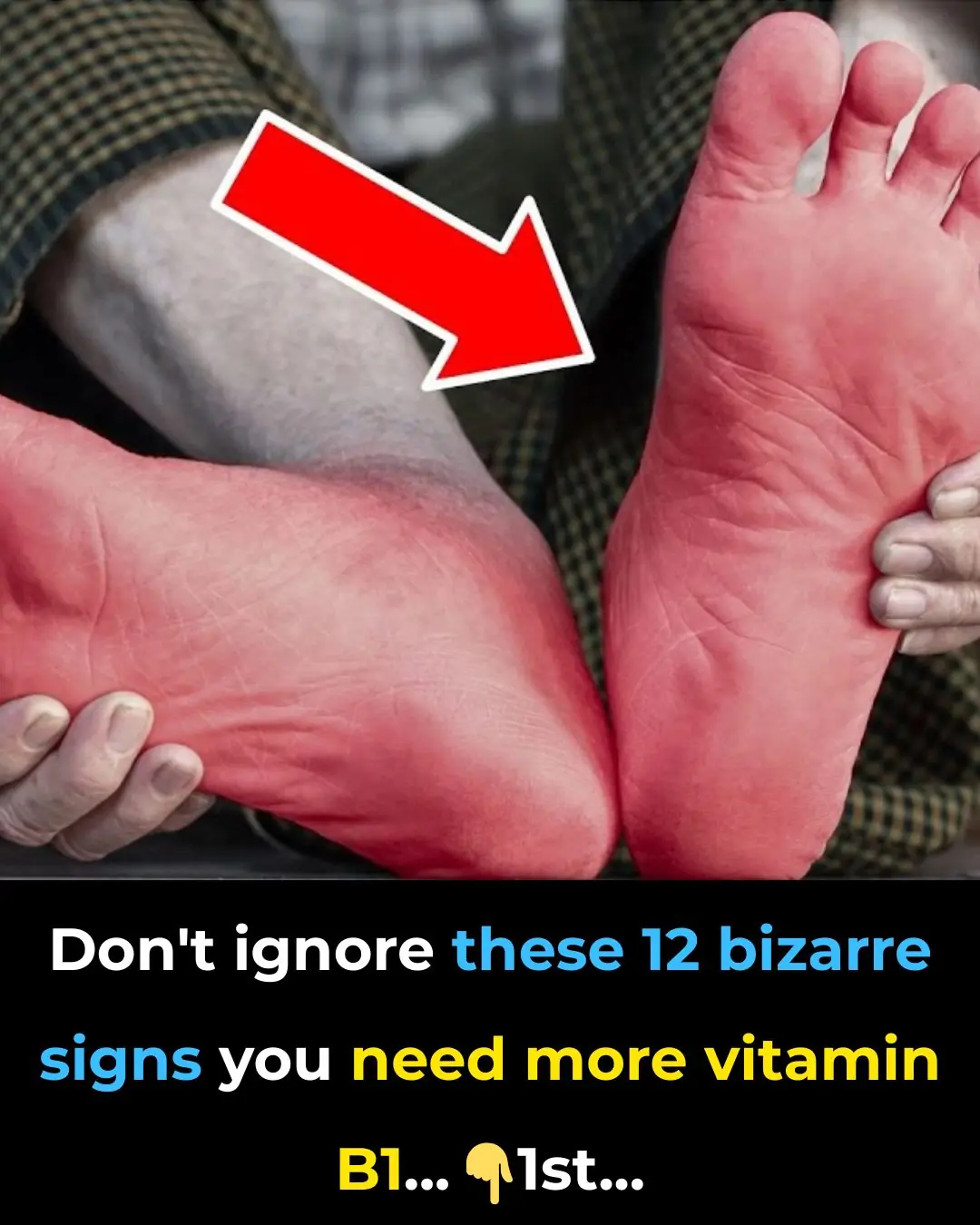
Don’t ignore these 12 bizarre signs you need more vitamin B1!
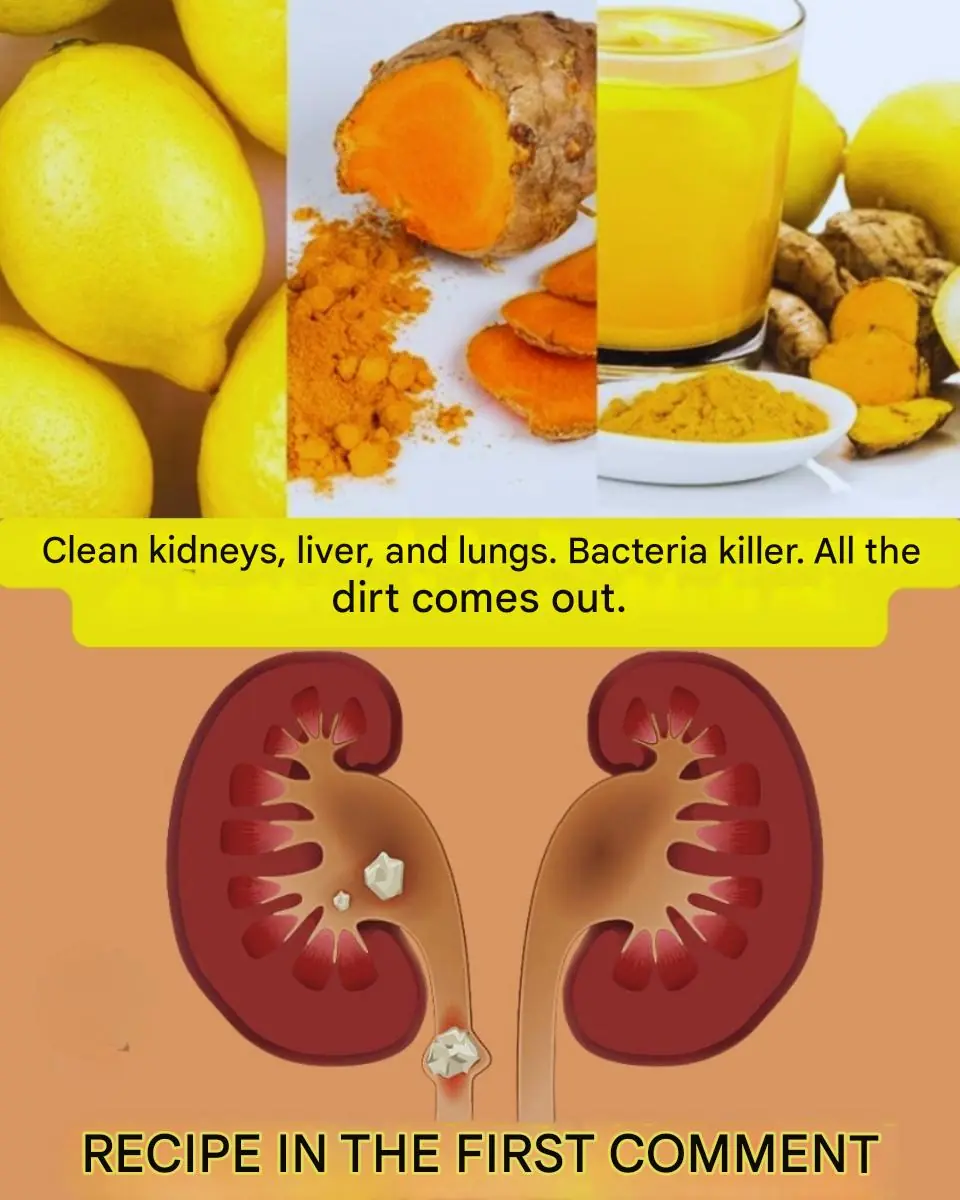
Orange & Ginger Cleanse Juice for Kidneys, Lungs & Liver
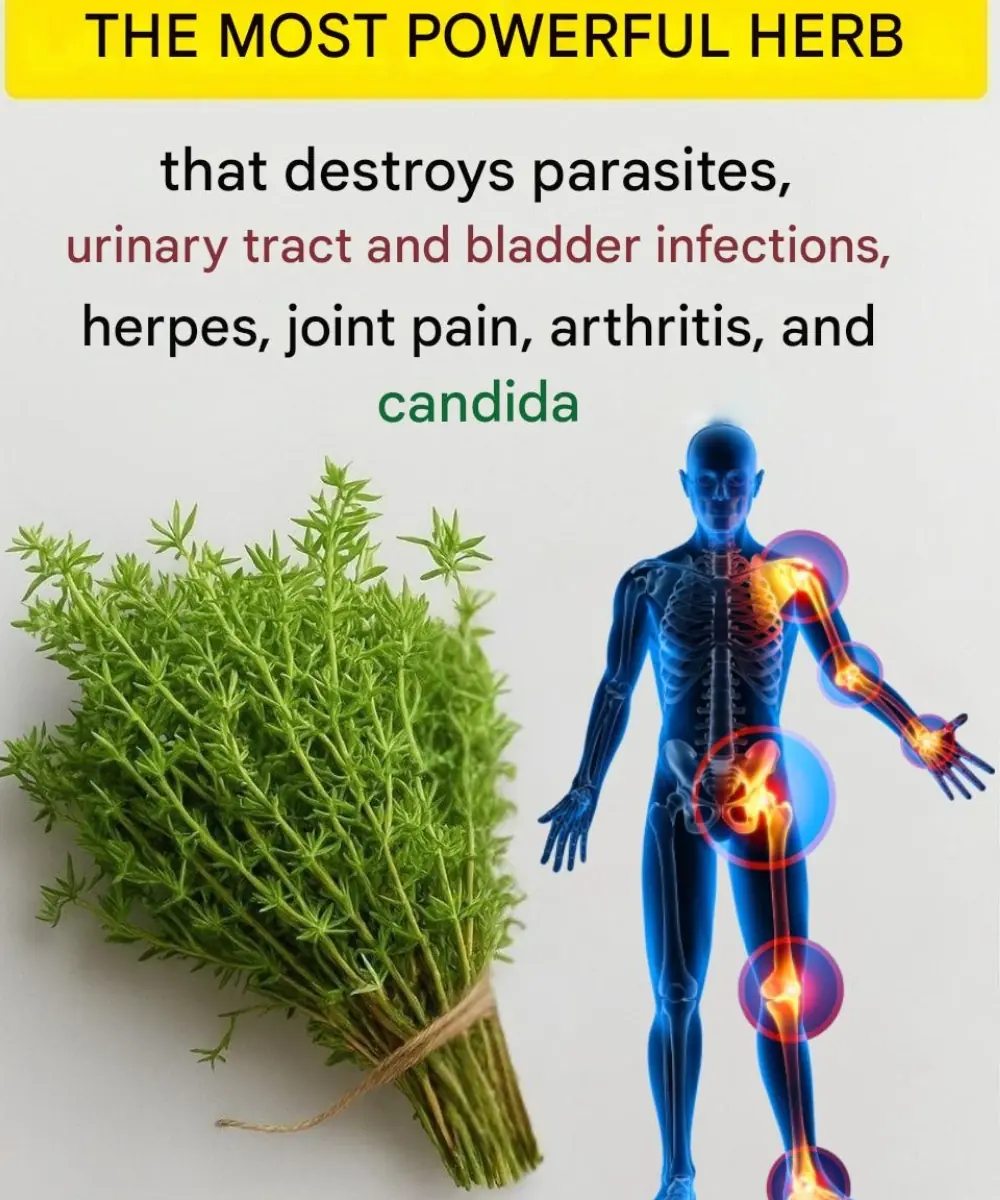
Thyme: The Natural Remedy for a Variety of Health Problems
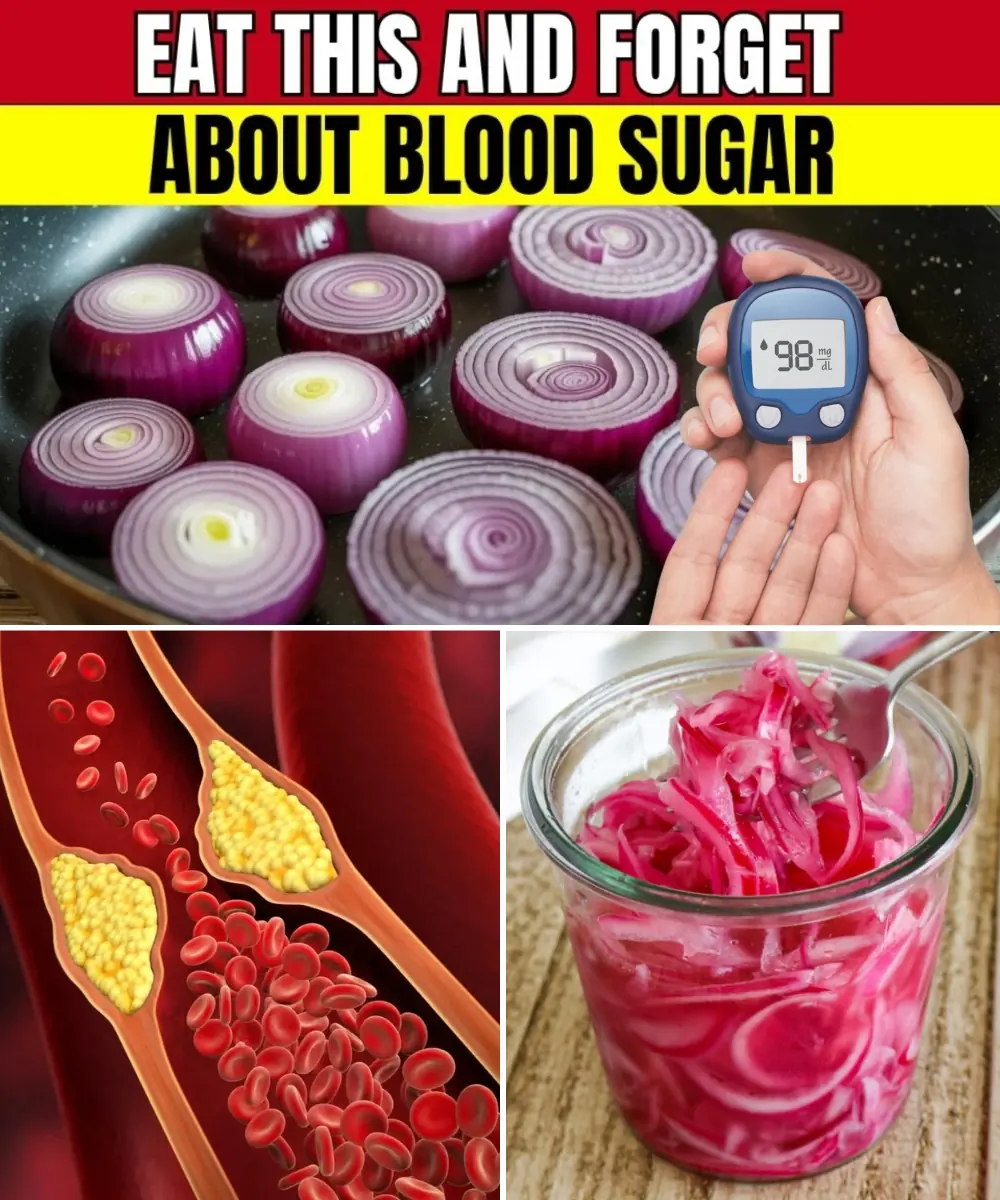
Red Onion for Instant Blood Sugar Drop: A Kitchen Secret Few Know
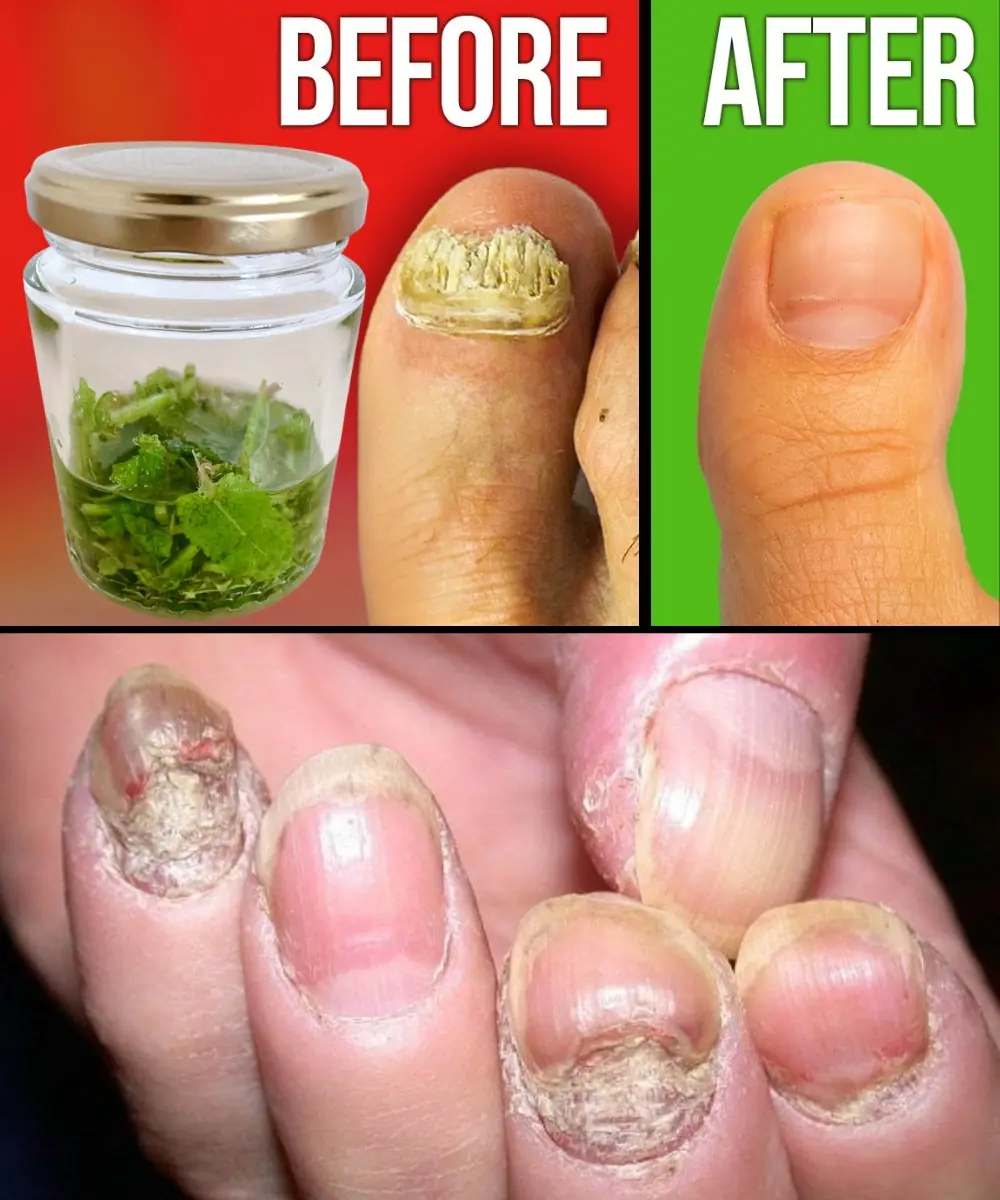
Discover the Secret of “Rompe Fungus”: Naturally Restore Healthy Nails!

Here’s How to Go to Sleep Fast (in Under 1 Minute)
News Post

How to Remove a Fish Bone from Your Throat 🐟😮
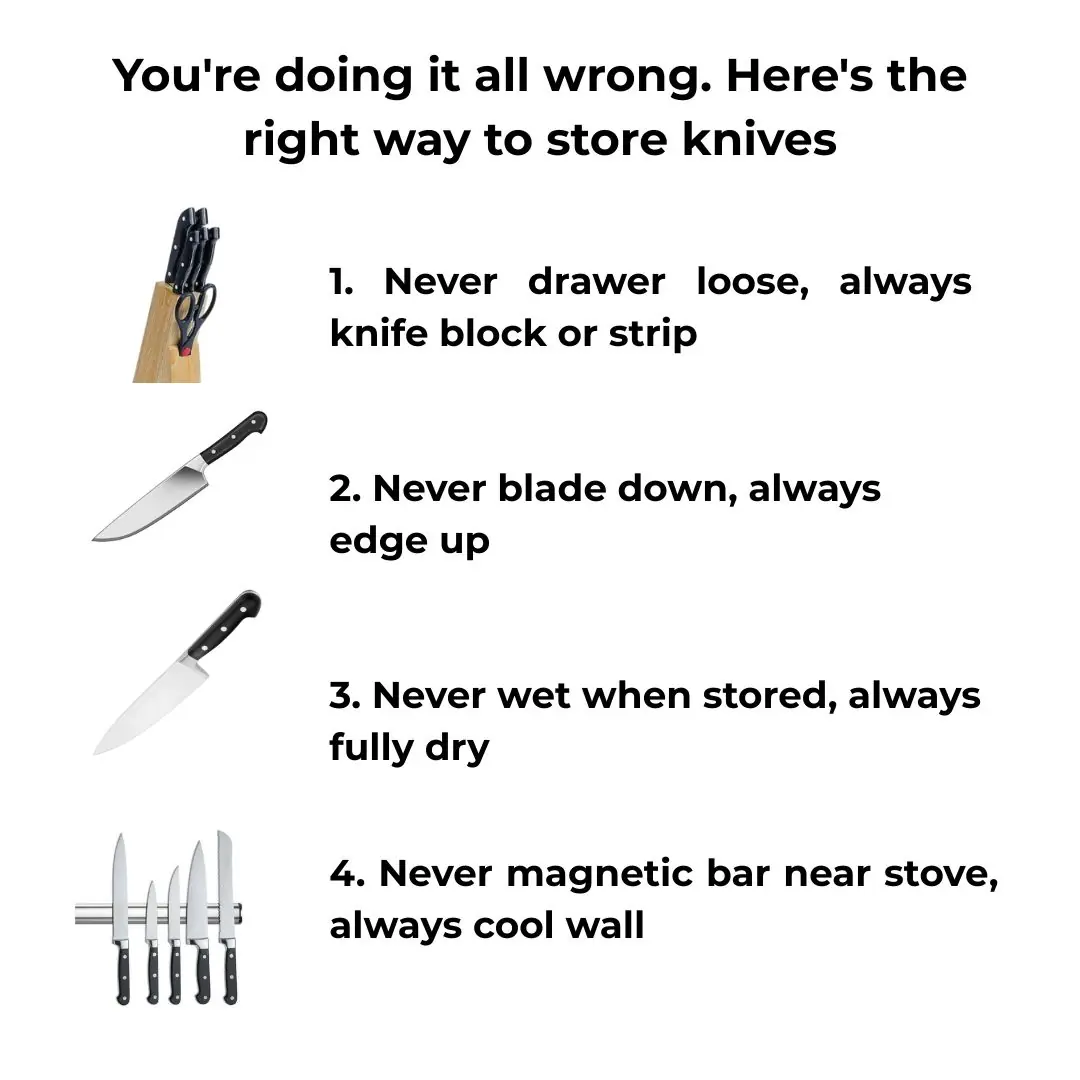
You’re doing it all wrong. Here’s the right way to store knives
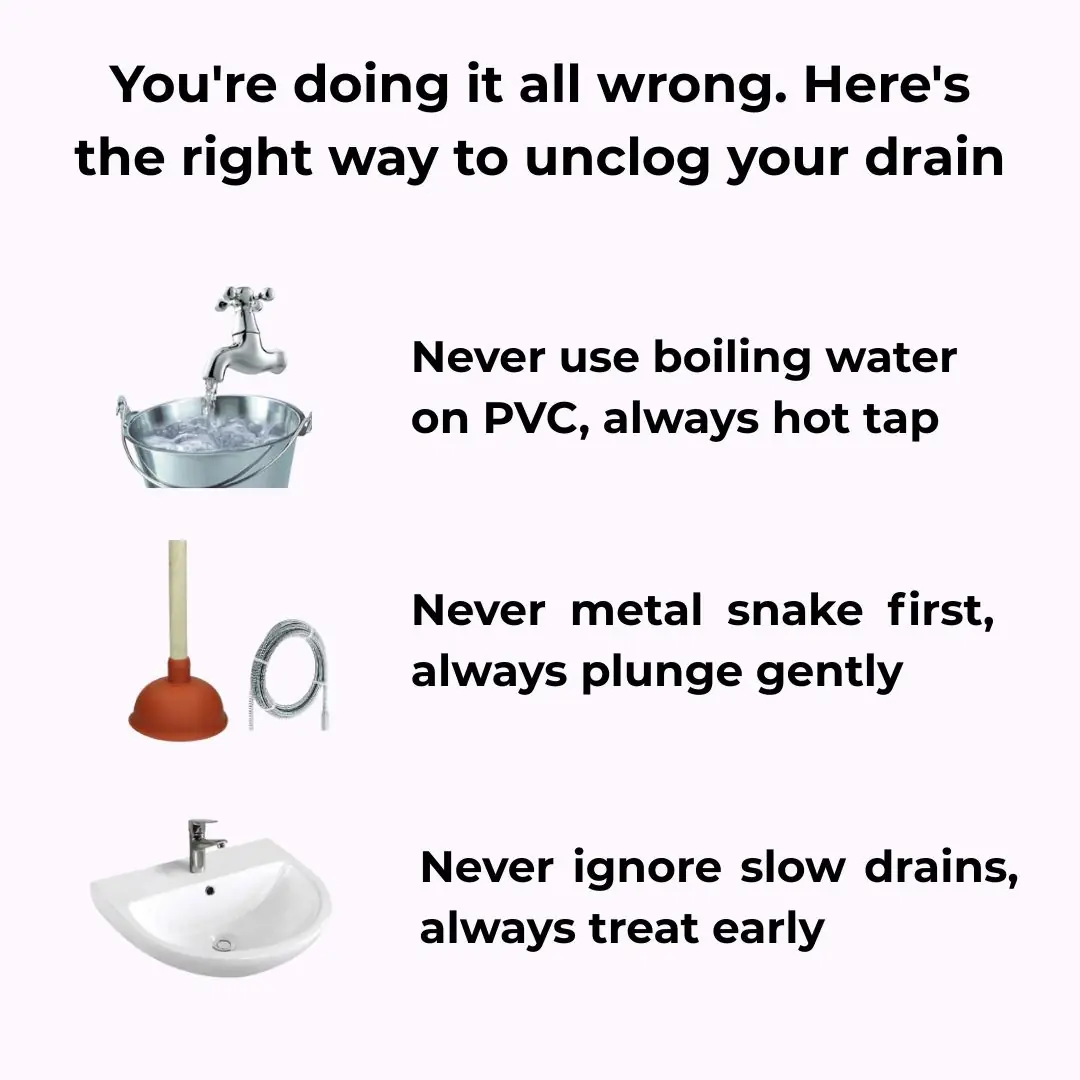
You’re doing it all wrong. Here’s the right way to unclog your drain

Detroit Man Went From Quitting His Job To Buying A Building For His Car Detailing Business After It Went Viral On TikTok

Thyme Essential Oil Shows Signs of Killing Lung, Oral and Ovarian Cancer

A Boy, A Bullet, and the Friend Who Saved Him

How to cleanse your kidneys using this natural, home made drink

A Heart of Gold: 5-Year-Old Danya Dudin’s Toy Drive Brings Joy to Kids with Cancer

The Little Run Toward Love: When a Baby Alpaca Taught the World What Affection Looks Like.

Science backs it up: 3 fruits that fight liver fat, regulate sugar and cholesterol

When the World Felt Heavy, He Knocked: The Quiet Friendship of Sandra Bullock and Keanu Reeves.

A Mother’s Unbearable Journey: Little Jimmie’s Fight Against Cancer
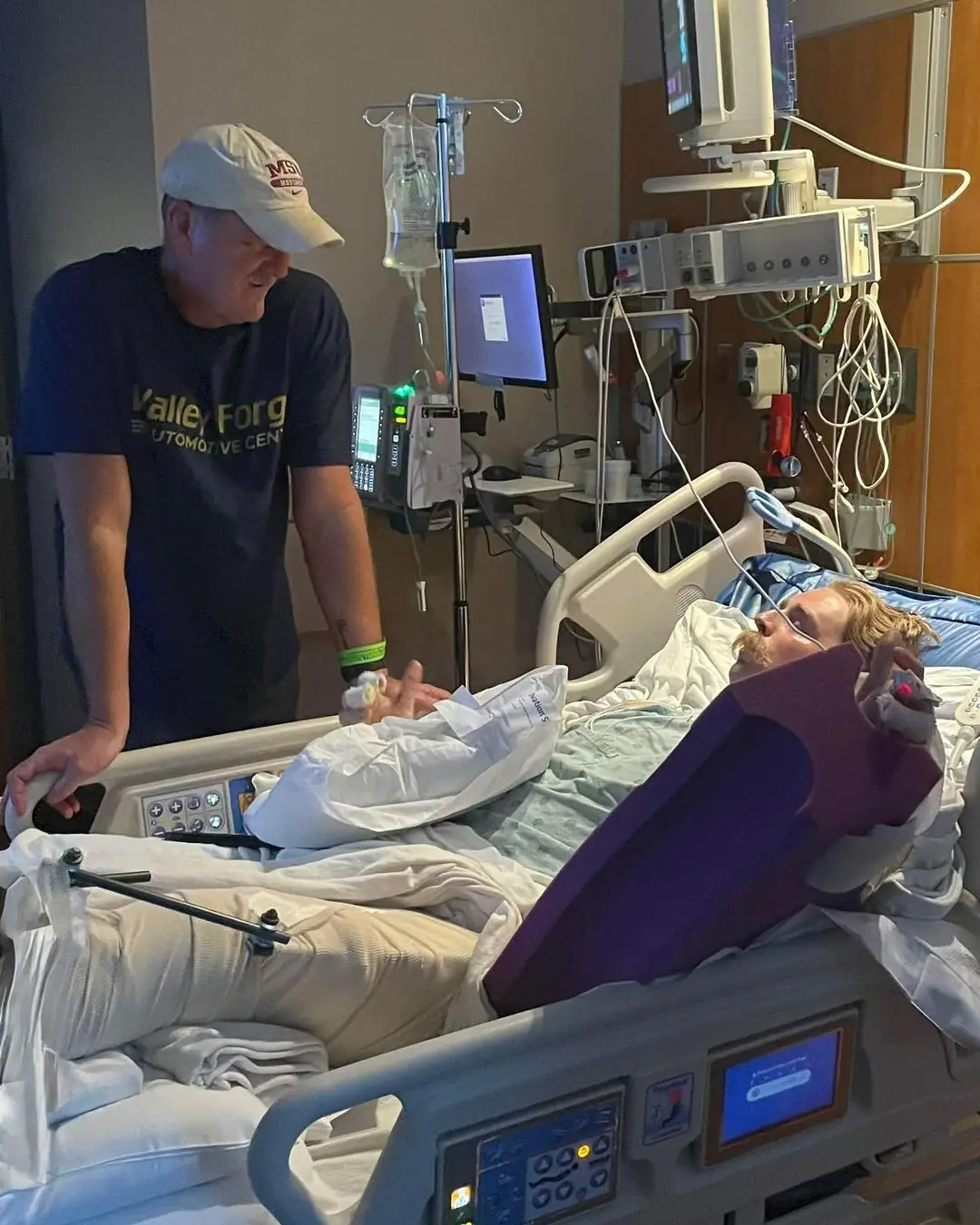
Two Battles, One Family: A Firefighter’s Courage and a Premature Baby’s Fight for Life

The Bear Who Rode Beside Her.

People whose mouths feel dry when sleeping at night need to know these 8 reasons
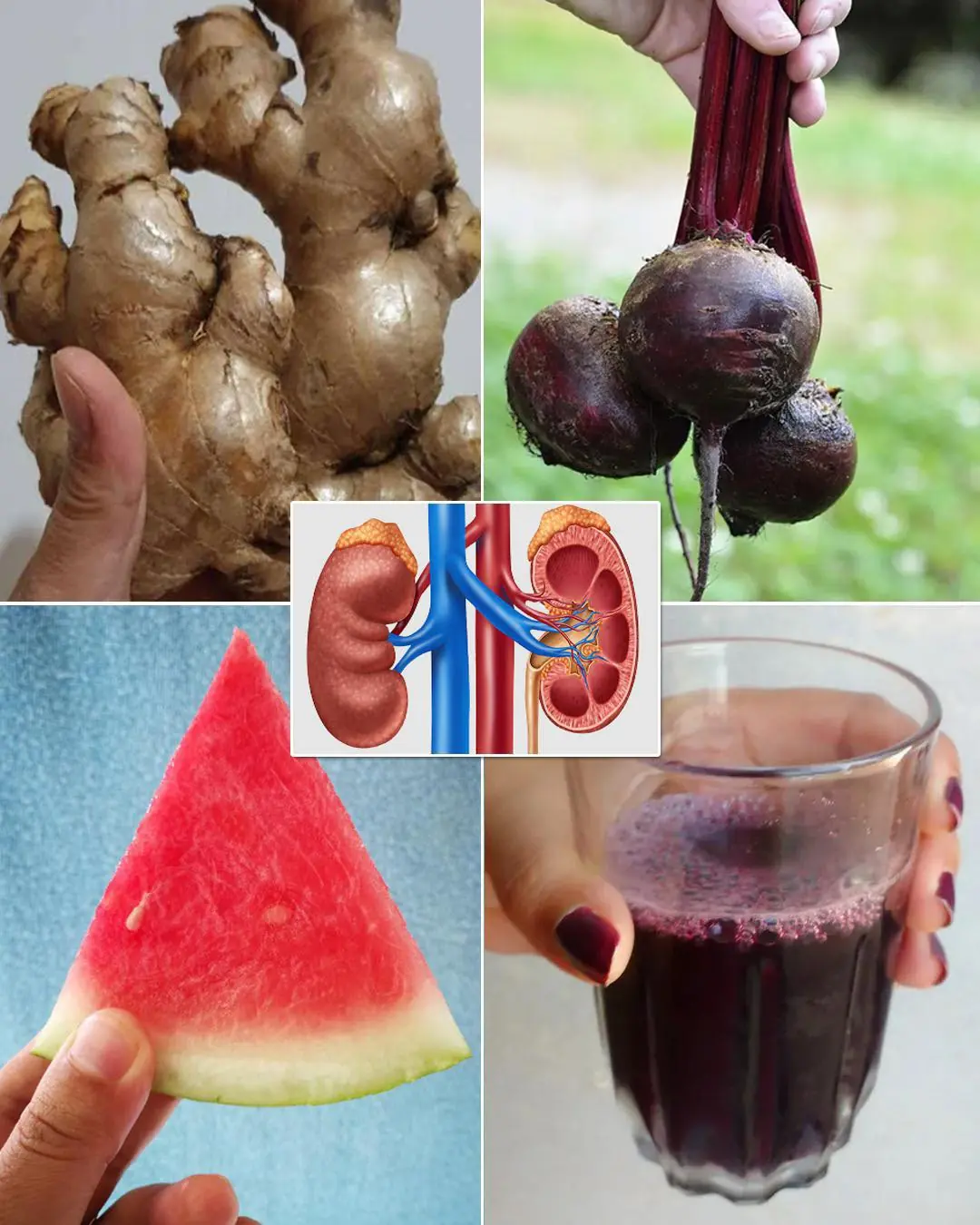
Ginger, Watermelon, and Beetroot Juice: 15-Day Natural Kidney Cleanse

A Mother’s Heart Knows No Boundaries.

The Man Who Wouldn’t Let Go.

The Night the Sky Fell on Necker Island.
